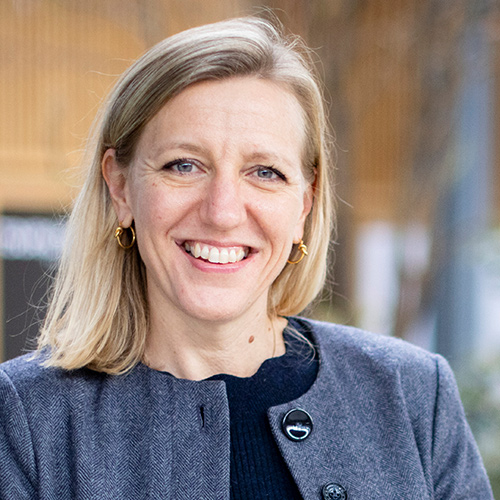Proximus supports UZ Brussel in creating high-tech ambulance for inter-hospital transport
A premature baby requiring urgent transport to a specialist neonatal intensive care unit. A 60-year-old suffering a sudden stroke in need of neurosurgical intervention. With the new high-tech ambulance at UZ Brussel, the university hospital of the Vrije Universiteit Brussel, a specialised team of doctors, nurses and drivers accompanies patients from one hospital to another with the support of a specialist physician, possibly remotely. To do this, they use innovative tools and telemedicine in a modular ambulance that can be tailored to the specific needs of patients from 300 g to 300 kg. The ambulance, developed with several partners, is the first of its kind in Europe.
From tomorrow, Wednesday 7 June, the new ambulance will travel between UZ Brussel and hospitals in the rest of the country, from Liège to Roeselare, carrying patients with serious conditions such as heart attacks, stroke and sepsis.
Built to suit patient and doctor
The ambulance is unique and was custom designed and built for the UZ Brussel, with several partners. The goal is to provide the best, most advanced care possible to every patient, including outside UZ Brussel during transport to and from other hospitals.
Some important characteristics:
- The vehicle has space for seven seats in addition to the stretcher, to accommodate the most specialised teams with varying areas of expertise.
- On the chassis is a container to which modular elements can be added during transport, or the arrangement adjusted, to best meet the needs of patients and medics. A premature baby, a sick child, a 60-year-old requiring neurosurgery after a stroke, or a 300 kg patient needing complex care each require a different approach and environment.
- All equipment needed for the various disciplines – neonatology, cardiology, neurosurgery, paediatric intensive care, etc – are ergonomically fitted and arranged so they can be secured during transport. These include clearly visible monitoring, efficiently mounted ventilation equipment and easily accessible infusion pumps. Medical gases are placed in a sliding cabinet beneath the vehicle for safety and space-saving reasons. These are usually placed inside the ambulance, leaving less space inside.
- The ambulance has a sterile appearance and inside looks like a room in an intensive care unit or a small operating theatre.
This environment – like being in hospital, but in the ambulance – allows patients to be transported from one hospital to another by specially trained drivers who combine comfort, safety and appropriate speed throughout for the optimum journey.
High-tech environment with remote monitoring
The medical transport team are in direct contact with the hospitals via a Proximus 5G connection for monitoring patients during transfer. By using cameras and headsets for all occupants, including the patient, and augmented reality (AR) glasses, medics outside the hospital literally have a view of the situation inside. The AR glasses provide audio-visual support to the transport team, and in the future may provide live support for common acute situations, such as complex medication calculations and timing during resuscitations.

The 5G connected ambulance provides an innovative way to connect patients, ambulance workers and remote medical experts in real time. This use case shows how different technologies (5G, IoT, AR) can be brought together and create a powerful impact in supporting healthcare professionals and improving patient care in all ambulance care. We are very proud to put our technological solutions at the service of the care providers of the UZ Brussel, allowing them to help their patients faster and more efficiently.
Highly trained team ensures best care
The specialist transport team ensures safe and efficient transfer, while maintaining the same level of care as in Intensive Care or an environment such as the operating theatre.
The team received four months of theoretical and practical training on the fundamentals of inter-hospital transport. It’s not only the diverse groups of patients – from the very youngest to the very oldest – with their individual needs that make this specific training necessary. The complexity of the effects of road transport on such vulnerable, critically ill patients requires in-depth knowledge. An example is the transport of a patient connected to a heart-lung machine.
High-quality, efficient and innovative inter-hospital transport for our patients is the result of our existing expertise and continued commitment to advanced specialised training in emergency medicine at VUB, with industry. It aligns with our policy to offer excellent basic care as well as to continue to innovate and deploy new high-tech resources. As a university hospital, high-quality education and research are central. We consider the specific knowledge needed for inter-hospital transport to be a subdiscipline within emergency medicine.


